
Leaf prints are fun and easy crafts for kids of all ages. It’s also a great idea forbookends or a way to enhance wrappingpaper, cards and other paper crafts.
Duration: 10 minutes

Level: Beginner
Materialrequired:-
Sheetsof different sizes and shapes.
Fevicol

Watercolor
Brush

Step 1: Preparation:-
1. Select leaves that are still fresh and soft.

Sheets that are alreadydry will not work as theywillcrack and crumble when pressed or applied.Make sure the leaves are dry before usingthem.
2. Select a paper for sheetprinting. Squeeze some paint onto a small dish or palette.
Add TipAskaQuestionCommentDownload

Step 2: Preparation -II
3. Applypaintto the surface of the leaves. Make sure the entire sheet is covered.
4. Carefullyplace the sheet paint side down on the paper.
Carefully but firmly press down on the sheet to makesure the wholesheettouches the paper By adding different types of sheets, you can createbeautifulpatterns or designs for wrapping paper, cards, paintings or any other decorativeprojects. paper crafts.
6. Add more sheets of different sizes and colors.
7. Let the paint dry. Then frame or use your masterpiece for anypurpose.
Isn’t it amazing that the word “Art”issandwichedbetween”earth”? Nature is certainly one of thesourcesof our creative projects, and ifitturnsouttobe something we can wear,that’sabonus.

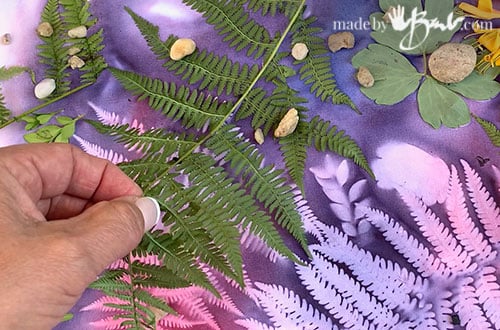
We love clothes made with leaf prints on fabric, it inspiresideasfor more artprojects.
Ihave been interestedinfoil printing on fabric ever since I read Lotta Jansdotter’s printing book a few years ago.It’sasimple project that brings nature and art together in such a beautiful way -it’s hard to take your eyes off the beautiful result.Fortunately, you can wear them.
For our first project, Maia and I used a thick cotton fabric about half a meter long.
The original idea was to involve Maia in making some of her own clothes and I told her thatIwould sew her a dress or a skirt from the fabric we hadembellished.Anotherday we tried printing leaves on t-shirts. There are many options, but everysheetprinting project involves the same process.Here’s how we made the leaf print,followedby the skirt and blouse.
Leaf prints on fabric
Materials

Fabric
Fabric paint
Mini paint roller or hardware store paintscraper
Hard rubber cloth
Acrylic frame (or board)
44sheetsofpaper or scrap paper,Petals and ferns any shape and size
Instructions

Step 1: We applythe fabric paint totheframeofthe acrylic box (but you can also use a plate) and roll our mini paint roller overit (ours is from the hardware store)several times.
Afterhavingsoaked it intextile paint, it iswrappedaround a sheet. You can do this on newspaper or scrap paper to protect your work surface.
Step 2: We then place the sheetpaintside down on our fabric, place a piece of newspaper over the sheet and rollit over the sheetseveral times with a hard rubber roller.
Step 3: Ofcourse,the best partisturning the pages to see the print. Gently lift the paper, then the sheets.
Some resultsare better than others, but for the most part they lookgood.
WearableArt:dresses,shirtsandpossibilities!
1) MAIA’S NEW DRESS
I used our first large leaf print fabric andsewed a dress for Maia with a cinched waist and a brown ribbon along the bottom edge.
I used fabric scraps to create a matching leaf print appliqué to cover a stain on one of Maia’s t-shirts.
2)
LeavesandFernsPrintT-Shirt Next, the momsfrom our toddler art group got together to try this technique.
We love our toddler art group,whichorganizesweeklyactivitiessuchasfingerpainting for thekids. But we also found it necessary to gettogether for MomsArtNight, including wine, chocolate and talk time. So we gottogetherin my friend Meg’s studio andexperimented with printing on differentmaterials with leaves and ferns.

I made fern print t-shirts for me,Maia and Daphne.
3) Morepossibilities!
I have also made leaf prints on muslin to turn them into napkins by sewing them onto a fabric backing. At the time, any free sewing time wastakenup by Maia’s birthday (making rainbow streamers and dress-up gamefabric), so we had to wait a bit longer. But it was encouraging to know that the fabric was ready.
I love the detail in these leaf prints, especially the fabric paintswhichcomeinmultiplecolors. Leaves are so beautiful and printing leavesonto fabric is now one of my favorite art activities.

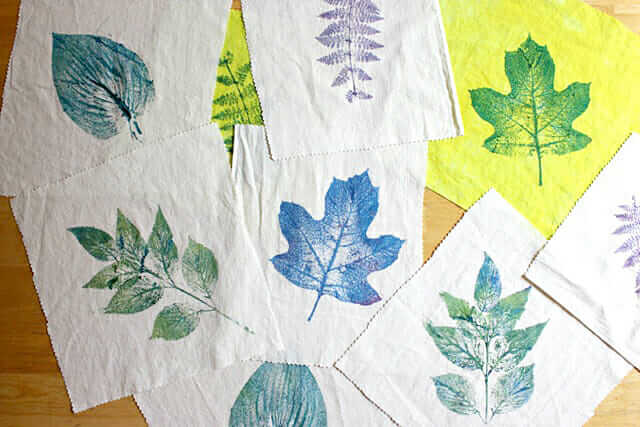
You can create a varietyofoptions- table runners, doll blankets,pillowsand even curtains. Printingsheets on paper opens up another field of possibilities!
How are you? Have you tried printing sheets on fabric or paper?
Flowershittingthe fabric

Springishereand flowers are everywhere!
We were looking for a way to preserve thebeautyof this springand create a beautiful piece of home decor, and wefound the perfect craft! We call it Flower Pounding and it involves hammering flowers onto canvas or fabric to create works of art. Just grab a hammer and a handful of your favorite gardenflowers and getstarted! The color of the flowers bleedsinto the fabric or canvas, which ends up looking almost like a painting. You’ll definitely have to hit the flower harder than you think, so we recommend taking this project outside andhittingit on the sidewalk instead of the kitchen table.
It’s also a great way to preserve your bridal bouquet instead of drying itout and retainingbulkypieces. Scroll down for the tutorial!
Youwillneed:
Cardboard
Watercolor paper

ORCloth
Hammer
ORHammer
Flowers (the finer the better)
Parchment
Embroidery4Embroideryneedles44f44Embroideryneedles44f44Putpencils watercolor
How to makeabouquetatKeepWhatYouLove
Agreat fun craft for slightlyolderschoolchildren who haveaccessto a hammer. Tryingtoidentify your flowers first to make it educational? Arts and crafts and botany in one?

Or you can goout and start making flowers for art! You canalso fill in the flowers afterwards, we found thewaterdipped colored pencils worked well on the material we hammered the flowers into.Youwill want to use brightlycolored flowers with thin leaves and petalsfor best results. Brightroses,dandelions and daisies work well.
We love theending, where the color of the flowers bleeds into the canvas andlooks like paint.
We alsoembroideredonprintedflowersformoreLarscharm!It’salso a great way to store flowers if you’re looking for a way to keep a special bouquet forever. Itworks for simple flowers (red roses forValentine’sDay?) or bouquets with a special meaning (Mother’s Day is comingup!).
You might even want to try the Flower Pound technique on your wedding bouquet, turning it into something beautiful to display in your home. Plus, you can keep your flowers bright and fresh forever!
Materials: Instructions:

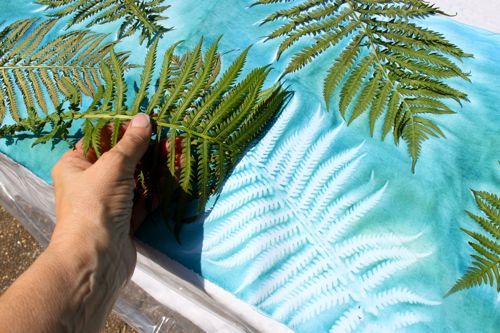
1. Take a large piece of cardboard and place it on a flat surface. Take the material you want to stamp,like watercolor paper or white fabric, and tape the backing to the cardboard.
2. Select the flowers you want to use and arrange them on your stampholder.Besuretochoosebrightlycolored flowers with thin leaves. Roses, for example, are ideal for trampling.Useonlyflowerbuds, not just any stems.
3. Take allthe flowers that have stamens, pollen, etc. Peelitoff and only the petalsremain. Keep arranged in abuttonshape. Add some thin leaves to your arrangement!

4. Gentlytape your flowerinplace with plain tape.
5. Get a piece of parchment paper large enough to cover your design. Useathicker tape, such as duct tape, tosecure the parchment to the cardboard backing.
6. Starttappingwith a mallet or hammer! It might be easier to take your future masterpiece outside and bangit on the pavement or sidewalk. Dab until your parchment ismoistened with flowerpigment. You have to work harder than you think!
7. After checking that your design matchesyourwishes, carefully remove the tape and flowers from yourprintedfabric.Apply a piece of masking tape with the sticky side down and gently touch the sticky side withthestampingmaterial to removeexcesspetalsandpollenfrom the surface.
8. When you are satisfied with the anthocyanindistribution, iron over low heat andplace the colorpadfacedown on the cardboard.
Alternatively, you can applypaint with a small brush and water before heating.
9. Touch up your drawing with colored pencils or watercolor pencils – Watercolor pencils are great for blending colors, and if you’reusing fabric, it’sagoodideato dip the tip of the pencil in thepencilfirst. water todrawonyourdrawing.
10. Finally, decorateas you seefit!
Add pretty embroideries to your fabric like asoft daisy stitch or French knot,stickon dried flowers or whatever you want!
Thisishow it looked before most of the embroidery detailswereadded.
Embroidery Tips
Some ofthe embroidery stitches used are:
● French Knot
● Lazy Daisy
● SingleYarnStitch
Some trends never go out of style. Take jeans and a black dress,forexample.We’ve seen denim jackets, denim shorts, black dresses since the90s and they’re still listedas the hottest trends every season.
Thesamegoesfor floral prints.
Theorigin of

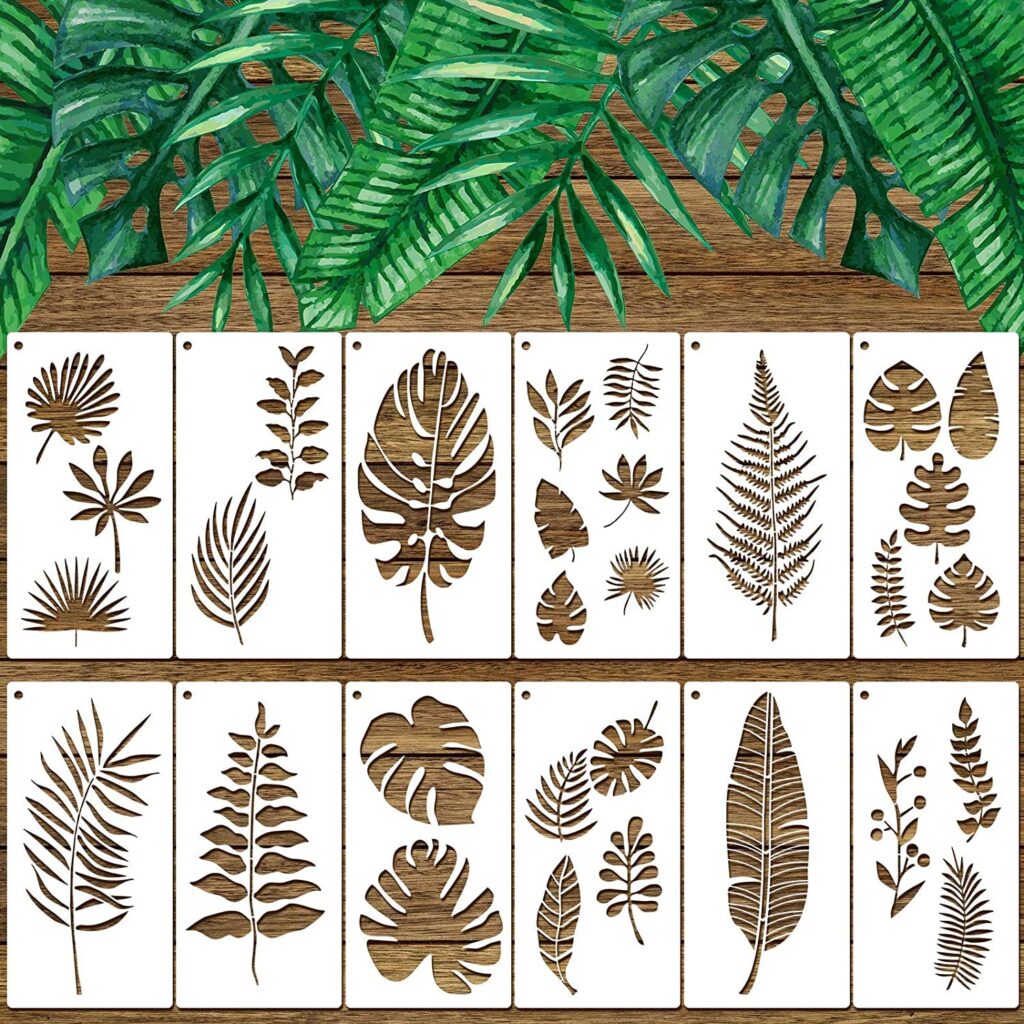
floraldesignsdates back to the 14th century when theybecamepopularwhenEasternmerchantsimportedflowers to European countries. Floral patterns were actually seen as a status symbol because they were so expensive, but slowly Europeans learned to copy them and started producing them cheaper. Slowly it spreadwidely,andthe Italians made highly embroidered flowers.
Chintzis one of the most famous floral fabricsand was infact considered the most luxurious fabric of itstime, and the love offlowers continues fromthenuntiltoday.
The beauty of this materialis in its versatility- they come in millions of colors, patterns and textures and are aflowerfor every season and every occasion.
With millions of flowers drawing inspiration from all around us, designers’creativityknows no bounds. The floral shades are so bright and fresh that theyenergizeyou.
Showoff your inner womaninbeautiful floral dresses, skirts, shorts, pants, blouses, kurtas, shoes, and even swimsuits and sunglasses with our style tips. Foranunderstatedvibe,wear a casual floral dress with accessories.
Cuteflowershoes
These flowertrainers from Nike’sspring collection look cool. They present the perfect bohemian look. You need to pairit with chic shorts or a casual dress or midi skirt,and floral sneakers are thewaytogo.
You can design beautiful sarees and blouses with brightflowers. They look super chicandaresuitable for any occasion.
They are alsovery breathable dueto their low weight.
Trendy Floral Sarees
Nature-inspiredprintsthat are so charming you won’tbeableto take your eyes offthem!
Thecurrent floral saree trend is known for its fresh and elegant look.
Floral print sarees in georgette, crepe or satin thatareeasytowear everyday or even forparties.

Simple yetelegantfloraldress
Bollywood celebrities and stylists will love the flowers.
You don’t even need dozens of embroideries with flowers. Just use your creativity to design aglamorousoutfit, or simply accessorize it with a bold necklace or earrings and your evening look is complete.
“Flowersbelongtoeveryone,notonly for women,butalso for men. Floral t-shirts and flower shirts for men are simply beautiful.
The greatestconceptintheworld is that theflowers are for women and theycannot be worn by menbecausetheyare too beautiful.
But now thingshave changed!

Evenmencanlookspectacularwhenthe perfect pattern iscombinedwith the right colorchoice!
“They can also be paired with any fabric. Cotton, rayon,satin,crepe,woolflowerscan go with anything. You don’thave to worryaboutthecolorwith which theprintswill go as they look verychic with any color, instead you willhaveseveral options to choose from.”The
skirt is perfect forwarmweather,butfloralskirtsarealwaysinsyncandeven on trend!
They’re easy to mix and match and go with justaboutanything.
You can wear a cream button top or a black collared top with a yellow floral print skirt.
can also design flower skirts in cotton, silk, georgetteandothermaterials,addingfashionsense to the fashionof blooming flowers.
“If you likeflowersfromheadtotoe,completethe look with a floral jacket,sweater and pants. Flowersadd freshness and color to winter outfits”
If you like flowersand live in all seasonsInflowers,mididresses,skirts and everything thedesignercreates with flowerswillalwaysinspirethefloraltrend.
Unlikeotherprints,florals define fashion fun and embrace the glamor and romance of nature. That’s why we believe the floral trend will never go away and willalways stay in our hearts.
“Floral print blouses in georgette, silk and other materials are a new fashion trendandsuitablefor semi-formal outfits or weddings”
You will never run out of patternswhendesigningshirts. You can design different patterns foryourshirts like collaredshirts,openbackshirts,stripedshirts and many more.

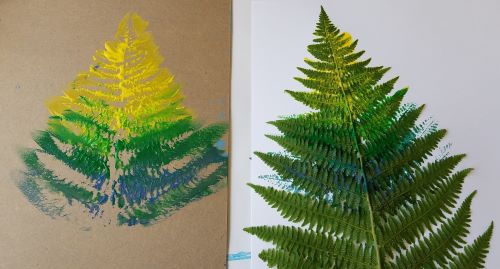
your product drawer.
Fruits and vegetables come in manyformsand are perfect for paintingon canvas. Some are best used whole, but you can cut others into interesting shapes to customize your creations. All you need is afewproducts, some paint, and a piece of paper to unleash your creativity.
1
Choose fruits and vegetables with interesting shapes. You can use anyfruits and vegetables youwant to paint with, but those with interesting shapes usually offer the most options.
Visit your local grocery st

ore or farmer’smarket and research the produce to see which appeals to youthemost.[1]
Carambola is ideal for painting dueto its star shape.
Chinese cabbage can becutintheshapeofarose.
Broccoli and cauliflower aregreat for painting because of their smallflowers.The
mushrooms come in a variety of shapes,allowing for creativity.
Apples, pears, bananas, strawberries, raspberries, potatoes, carrots, peppers, corn onthecob, green beans, oranges, lemons and limes are other good choices.
PaintingwithFruits and Vegetables Step 2
2
Wash and dry all produce.Afterselecting the fruits and vegetables you plan to use, wash them with water to remove any dirt. Wipeoff the product with a clean towel.[2]
If fruits and vegetables are particularly dirty, itismoreeffectivetowashthemwith a vegetable brush.
3
Cutting and slicingproducts for more interesting shapes. Formoreeffectivecoloring,mostfruits and vegetables should be cut. Use a sharp knife to cut them inhalfor into desired shapes.[3]
Carambolacut lengthwise to formastar.Cut off the base of the Chinese cabbage and use it topaintthe flowers.
Cut broccoli and cauliflower into individual florets.
Cut apples, pears and strawberries in half lengthwise.
Oranges, lemons, limes and peppers,halvedcrosswise and seeded.
You can cut potatoes and carrots into wedges, squares or specific shapes such as stars,hearts or flowers. Bananas can be cut lengthwise or crosswise.
You can savewhole raspberries, blueberries, grapes, corn on the cob and small mushrooms.
Part – 2
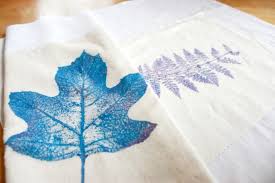

Paintingwithfruits and vegetables Step 4
1
Pour the paint into a shallow container. To make it easier to soak the productin the paint, place it inashallow disposable container, such as a plate or platter. Fill a pan with each color of paint you plan to use.[4]Tempera
paint isideal for paintingvegetables and fruits.
PaintingwithFruits and Vegetables Step 5
2
Stick the paper to the work surface. When yousqueezepiecesof fruit and vegetablesonto the paper you’re working on, theytend to move around. Secure it to a table, counter, or other work surface with double-sided tapeforstability.[5]
You can use any type of paper asa canvas, such as drawing paper, poster board, or cardboard.
Image titled Paint withFruits and Vegetables Step 6
3
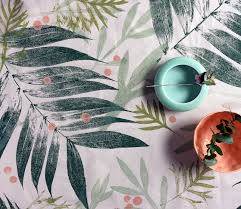
Arrange the cut produce and placeit on a plate.
When you’re ready to start painting, gather all of the fruits and vegetables you’ve cut up on a plate. Dabthecutedgeswith a paper towel to remove any moisture that couldthin the paint.[6]
Dip the productin the paint. When you’re ready to start painting, place the cut side of the fruit or vegetable into the paint. Make sure the piece is evenly coated with a thin layer of paint.
You can use a brush or sponge to apply the paint to the product instead of dipping it to ensure anevendistributionofthepaint.
If you put too much paint onfruits and vegetables it willbleed around the product and whenyouprintonpaperitwill create a messyandunclearshape. Aim for a light coat of paint.
2

Papermarkingproducts. Once the pieceof fruit or vegetable is covered in paint, press it firmly against your paper.
Lift produce to ensure itisclearlymarkedonpage
.Liftfruitorvegetablesgentlytoensure a clear image.
If you arenotsatisfied with the image youhavecreated, you may need to press the product in the same place to add more paint.
Image titled Paintingwithfruits and vegetables
3
Continue painting to complete your image. After printingyour first fruit or vegetable on paper, print other productson the canvas to create yourfavorite scene or design. You may want to keep a piece of scrap paper handy so you can test the shapeofyourfruits and vegetables before pressing them to the paper.
[9]
Onceyouhave finished drawing, you can use crayons, markers and/or colored pencils to add fine detail to the image.
Paintingwithfruits and vegetables Step 10
4
Let the paint dry. When you’redone painting, set it aside and let it dry completely before displaying it. It should take 1-2 hours, but placing it in a sunny spotwillusually help it dry faster.
Redesign yourclotheswiththeseuniquebotanicalprints

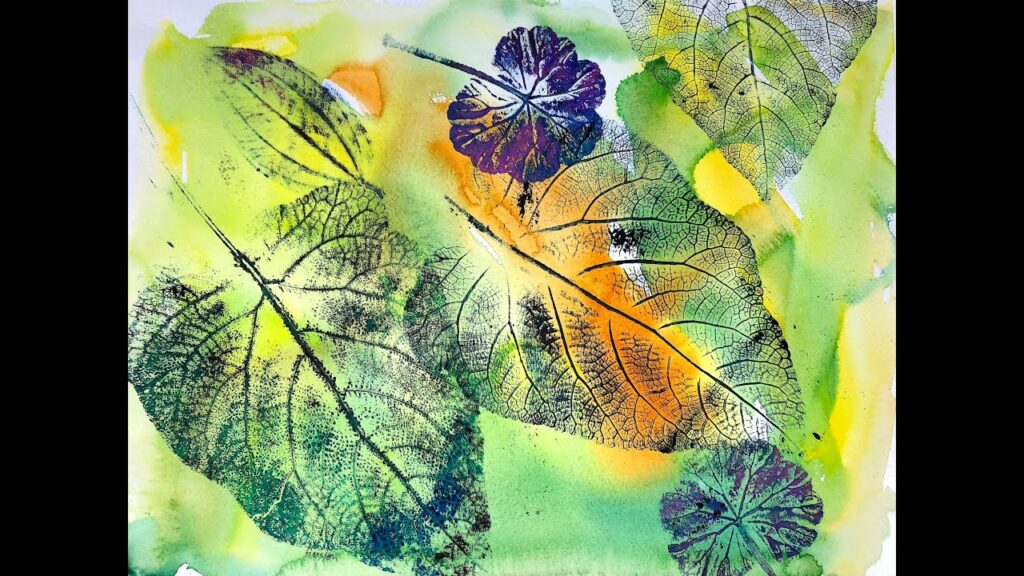
Here’s how you can use different vegetables to print fundesigns on your clothes and take them tothenextlevel.
We are all facing a situation similar to last year, with the second waveof coronavirus plaguing our country, we are back in lockdown, as it is never wise to goout, even withoutfull lockdown imposed, but we better stay Home, try to focus on the positiveaspectsofyourlife.
The best thing that got us through the last lockdown whilewewerestuckindoors was creativity,that’swhywe’re here with an interesting article about different vegetables and how you can usethem to print on your clothingAuniquepattern to refurbish and giveit new life while sitting at home during quarantine.
Mashedpotatoes
Weare taught the art of mashedpotatoesfromchildhood.Weusedtodo simple designs onpaper, but now we can actually try using them as perfect stamps. Potato stamping is one of the easiest and best ways to create different designs because you can cut out any shape youwant and emboss it intoa stamp of your choice.
Sothe potato is like a universal stamp, you can make leaf patterns, starpatterns or just aboutanything you can cut out of a potato, dip it in paint and print on your favorite fabric.
Tangerine Pattern
We all love summerprints,oranges and citrus fruits make us feel summer just by the look of them.So you can cutanorangeinhalfto create your own summer dress.Itisthendipped into a palette filledwith paint and pressedonto the fabric tocreatecool, abstract patternsonthe fabric.
PepperPrint
Anothervegetable that makes a really cool impression is pepper.
All you have to do is carefullysliceslices of peppers and dip them in different colors to create fun floral designs. You can easilycreate beautiful rose patterns with pepper rings.
Miniature Flower Prints

The
Ladyfinger is also used in crafts and prints. It has a beautiful pattern that prints how the flowerslooklike.This is also the easiest waytodoit, just cutoff the ends of the crumpets and wash the goofrominside.
Then simply dip it in thecolor of your choice and press it ontothe fabric. You can design the neck of your kurtas or plain tops and add leaves and vines toattach to the flowers by connecting them with hand paintedgreens.
Don’t Miss:
Geometric Patterns with Carrots
Finally, if you’re a fan of geometricpatterns and patterns and can’twait to creategeometricmasterpieces on your lifeless old clothes, carrots are foryou. the appropriateVegetableprints here. You can cut the rootonall four sides into a square or arhombus, you can cut it into a triangle and justuseitto print anydesignyouwant.So use your free time at home to recreate your old clothes by printingthemwith different vegetables.
Redesign yourclotheswiththeseuniquebotanicalprints
If your favorite t-shirt looksdullandboring, painting a new design is a great way to give it a freshnewlook. A simple brush stroke and you will have a fresh and stylish garment in no time. But how long will this last? Will it survive the first wash? The question is, how doyou paint permanently on fabric?
Permanentpainting on fabric by mixing a textile medium with acrylic paint. Acrylic paint driesquicklyand is waterproof, but may crack or peel if used alone. Adding a fabric backing gives the paint the flexibility to move with the garment, ensuring a permanent finish.
Althoughdyeing fabric is easy, there are a few things to consider when decidingondyeing your clothes. Read on to learn how to paint on fabric permanently.
Why thecanvas?
A little paint cando wonders when it comes to bringing an old t-shirt backtolife or even your favorite shorts. You can create amazing designs with vibrant colors. Designs not found in retail stores or wholesalepurchases.
Fabricdyeing can make any garment personal and uniquebyimpartingdifferenteffectstodyesandinks.
What better way to express your individuality and stand out from the crowd?
Not only that, creating your own designs can boost your confidence. It feels good to create something no one else has. Especially when friends, familyor even strangers stop you and say, “Hey! Cool shirt!
Where did you get it?”Itwill give you a buzz like no other!
Fabric Dye can also give old and faded designsamakeover. It helps you reuse and recycle youroldclothes, giving them new life. Eco-FriendlyClothing and sustainable fashion at your fingertips.
Whatis the differencebetweenfabricpaint,dye and ink?
There are several ways to change the color of the fabric. You can use dye, ink or paint. Each option works slightly differently,creating a variety of finishes. From overall color to localizedareas, the result you want will determine whether you should choose paint, stain or ink.
Let’ssee how each method works.
Fabric Dye
When you first think of p

ermanently changing the color of a fabric, you probably think of dyeing.Dyesare used to change the color of the entire garment. So if youwant your blue top toturn purple, that’swhatyou’ll use. One thing to keepinmind with dyeingisthat only the color willchange.
The texture of the clothes will remain the same.
Stain is applied withwater.Immerse the item inasolutionof dye and water, usually in a largepot, or you can use a washing machine. Thecolor seeps into the fabric and diffuses through the fibers, coatingthem all withlots of dye.
For tie-dye effects, garments can be tied or coveredin wax before being dippedin dye.
If the dye doesn’t reach certain areas, it won’tabsorb evenly, creating a beautiful abstract effect.
Ink

inkisbest known for itsuse on papertoproduce permanent color changeson small areas. It tends to be thinner than fabric paint and adheres to fabrics in a slightly different way. Theink seeps into the fibers ofthefabric,creating a thin, almost watery paint effect.
can be added withapen or brush and provides more subtle color than paint or stain.
There are two types of ink, alcohol and acrylic. The first can bepulled into the fibers of clothing.Theacrylicbasewillbleedonly a little,mostlyabove the fibers. One of the major drawbacks of
ink, especiallyalcohol-basedinks, is that it bleeds. If you’ve ever let a ballpoint pen slipinto your shirt pocket, you know this from experience.
To prevent ink from bleeding fromanarea of yourdesign, you will need to use a barrier or border to keep it in one place.
Fabric Paint
Similar to ink, FabricPaint is an acrylic-based paint used to create small designs. It can be as intricate as a bouquet of roses or asintricateasa simple splash creating an abstract workofart. It can be applied witha brush and works the same way an artist paints on a canvas.
The paint penetrates the fibers of the fabric, forming a bond.
The bond is permanent and provides vibrant color that is washable, flexible and longlasting.
Unlike inks and dyes, fabric dyeswon’t bleed or smearonclothes.Itis essentially the same acrylic paint that artists use to create stilllifes or portraits. The only difference is that fabric paintscontain a special additive. It contains a fabric backingthatallowsforflexible movement.
What kind of paintcanyouuse on fabric?
As with any surface, the best paint to use is one designed for the purpose. Asforthe fabric, you should use fabric paint. It can be used to permanently color anything made offabric, whether natural or synthetic fibers.
Fabric Paint isspecially formulated to withstand anything you throwat your clothes.
Or your bag and your shoes, for that matter. Nomatter the item, the paint you choose shouldwithstanddaily wear and regular washing. Fabric paint is the only paint durable and flexible enough to keep your creationslooking fresh, vibrant and stuck to your clothes.
Thispaintis made from acrylic paint mixed with a built-in additive called dusting medium. Itis this additive that gives the paint the flexibility it needs to move with the fabric.
Without it, the paint will be too hard,chipped or cracked, causing unsightly damage to your paintwork.
Can Iuseacrylicpaint on fabric?
Yes, you can use acrylic paint on fabric. Itis one of the main ingredients inspecially formulated fabric paints. Fabric paint is justan acrylic paint with abuilt-in fabric backing.

This makes it perfect for fabric painting since you don’t need to add anything extra.
Although fabric paint is best used on fabrics, it doeshavesomedrawbacks. The number of colors available may be a bit limited.Acrylicpaint,on the other hand, comes in a variety of colors that can be mixed with other shades. So the color options arevirtually limitless!
As a versatile and highly usable paint, it can be appliedto any surface. However, if you decide to buy standard acrylic paint, you will need to add a textile or fabric medium before using it on fabric. Using acrylic paint alone will make the fabric stiff and inflexible. The paint finish will be too difficult to move with the fabric.
Acrylic Paintforms a durable bond tofabrics and is lesslikely to fade over time.
As with most paints, paintcanvaryin viscosity or thickness. With some paints this can have a negativeeffecton color or coverage, but not with acrylic paints. Whatever design element or fabric you use, you can change the density without any negativeeffect on the overall color.
How to paintpermanently on fabric
Before you start painting fabric, you need to choose the right paint. Your best bet is a specific fabric paint.
However, you can also purchase standard acrylic paint. If you opt for acrylic paint, don’tforget to also buy a bottle of textilemedium!
The next thing to consider is the color of the element to bedrawn. Fabric paints tend to work best on lighter base colors, such as white, cream, or even pale yellow. Thatdoesn’t mean you can’t paint over your purple jacket.
Of course, but it maychange the effect of the paint youchoose.
Chooseamoreopaquepaintif you want to paint on darker materials. A darkt-shirt may requireseveralcoatstomake the design stand out against the dark background. With thicker paint, the coverage will be better and the finish willbe smoother.
Step 1

Once you have chosen your paint, you mustprepare your dress.
Be sure to pre-wash it before adding paint. This will help remove any leftover dirt or chemicals from the manufacturing process. Avoid using fabric softener when pre-washing. Fabricsofteners add more chemicals that interferewithpaintadhesion. Any chemicals on the
fabric or dirt between the fibers will limit the paint’s ability to adhere to the fabric.
Therefore, clean clothesare more likely to have permanent results.
Step 2
When your garment is dry, test a small sampleofthe garment to see if the paint adheres well.See how well the paint covers the fabric. Is it opaque or a bit transparent? Depending on the look you want, you may need to add another coat of paint or use a thicker coatofpaint.
STEP 3
Quicklyiron your garment to remove wrinkles in the areas you aregoing to paint. Thecreases create spacesthat the paint can’t reach, which is great if you want a design with spaces. Not so good if you don’t.
STEP 4
Dyetheclothes. If you want a one-sided design, be sure to put some cardboard inside thegarment so the paint doesn’tbleed through.
Then use a brush and stencil, or paint freehand as if painting on canvas or paper.
Step 5
Letthestained garment dry for at least 24 hours. Then set the paint with heat. You can use a dryer on low heat, but the best way is touse an iron. Turn thegarmentover and iron the garment on the reverseside of the pattern.






